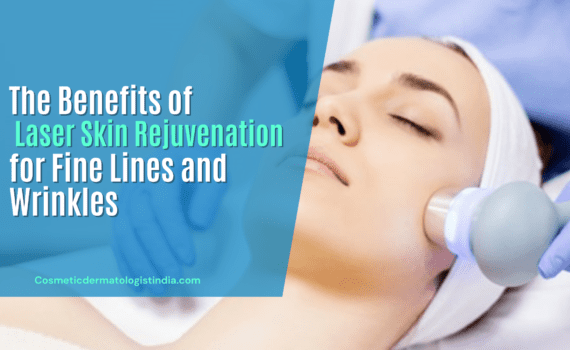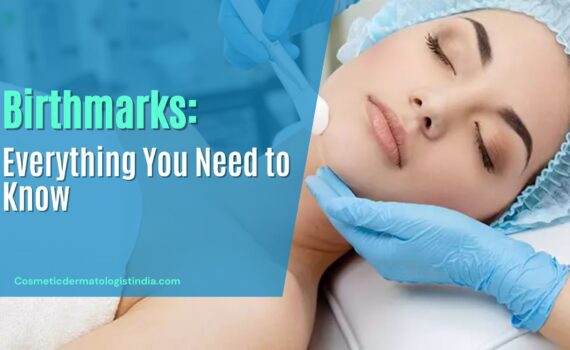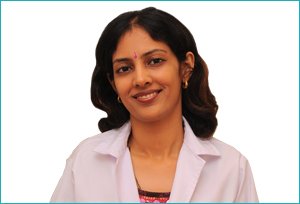
THE BENEFITS OF LASER SKIN REJUVENATION FOR FINE LINES AND WRINKLES
THE BENEFITS OF LASER SKIN REJUVENATION FOR FINE LINES AND WRINKLES
The effects of time take a toll on your skin and laser skin rejuvenation reveres these effects to give you an even skin tone and complexion. The skin of our face undergoes through many stresses during the day. These include environmental stress such as pollution and particulate exposure, blue light damages, sun exposure, emotional experiences etc. and on top of it the skin is ageing too. As the skin ages it looses its ability to regenerate cells quickly and also starts to lose elasticity.
Both actors combined give rise to problems such as dull and dry skin, early wrinkles and fine lines and a textured complexion. A larger part of women around the world don’t know their right skin type or the right products to use for their skin and it becomes a larger part of women becoming a victim of premature ageing and other skin issues. Wrong skin care and products can
- Increases the skin’s tendency to age quickly
- Weakens the natural barrier against extrinsic damage
- Leads to loss of skin glow, youthfulness, and gleam
Hence not only it is necessary to know about the right products that help with your skin needs it is also important to know about the cosmetic treatments and their benefits for the skin.
Why do fine lines and wrinkles form?
Ageing especially wrinkles are one of the prime concerns for most men and women and more so when they appear before time. In a normal ageing process wrinkles usually start to appear by the age of 25 and become noticeable by the time a person reaches her 50s. Fine lines and wrinkles are caused because of a combination of factors
- Ageing: the skin becomes less elastic, loses fatty layers and produces less natural oil that dries your skin and makes the wrinkles and lines more pronounced
- Unprotected UV light exposure: Exposure to sun weakens collagen and elastic in the skin and the skin loses its strength and flexibility.
- Smoking
- Repeated facial movements such as smiling, frowning, and squinting because as we age the skin’s ability to spring back in place becomes lax.
- Makeup: when you forget to remove makeup it clogs up your pores and restricts the skin’s ability to breathe and synthesize collagen and elastin proteins. This slows skin cell regeneration and leads to unwanted wrinkles and fine lines.
Collagen and elastic are a type of proteins found inside the body that gives your skin its structure, strength, support, elasticity, and firmness. They are also responsible for the skin’s ability to stretch or be elastic so that it can survive the daily movements easily. Our skin can stretch like a rubber band because of elastin as it is about 1000 times stretchier than collagen. With age the body’s ability to produce the two proteins slows down and the skin is not able to ‘snap back’ as before causing line and wrinkles on the skin.
Laser skin rejuvenation for fine lines and wrinkles
Laser treatment for anti-ageing has becomes the gold standard for skin rejuvenation. It can work on all skin types and address a myriad of skin issues. Lasers work on the deep layers of the skin and promote healthy skin cell turnover to reduce the fine lines and wrinkles on the surface. Lasers are high intensity of light energy that can precisely target the large or small spots of problem areas for best results.
How does it remove the premature signs of ageing?
There are mainly two types of lasers: ablative and non-ablative. Ablative lasers are used for skin resurfacing as they gently exfoliate the top layers of the skin and cause micro injuries on the skin thus accelerating the body’s self-healing ability. These are also called as lasabration or laser vaporization. Non ablative lasers are skin rejuvenation lasers and they target the deep layers of the skin without damaging the top layers of the dermis.
The most popular forms of lasers used for reducing the appearance of lines, and deep wrinkles are Fractional CO2 lasers and erbium (Er) lasers.
Er lasers skin rejuvenation is used for removal of superficial and deep lines and wrinkles on the skin of hands, neck or chest. The benefit is that this laser does not cause injury to the surrounding tissues but has fever side effects than traditional CO2 lasers such as swelling, redness and bruising. Erbium has shorter recovery time but is done under local anaesthetic.
Fractional CO2 laser skin treatment is a much effective use of traditional CO2 laser skin resurfacing. The laser beams target in the form of narrow columns, penetrating deeply but on the target areas. This gives better results as the surround skin remains untouched.
Laser skin rejuvenation treatments are outpatient procedures. When the laser beam hits the deep layers of the skin, they cause micro injuries that push the natural system of the body into healing mode. As the skin heals the injuries it pushes for fresher collogen production and elastin formation. Hence the result is smoother, plump, brighter and youthful looking skin without the fine lines and wrinkles diminishing its appearance.
The use of laser skin rejuvenation is not limited to just fine lines and wrinkles, the power of ablative and non-ablative laser light can also be harnessed to treat various skin issues including
- Pigmentation
- Age spots
- Freckles
- Tattoos
- Acne and other scars
- Birthmarks
- Under eye circles, droopy eyes, and sagging eyelid skin
- Spider veins
- Blemishes
- Crow’s feet and frown lines
- Tightening loose skin
- Smoker’s line
- Unwanted hair
Laser skin rejuvenation is perfectly safe to use on the areas of neck and around the face including the sensitive and delicate skin around eyes and the mouth. The other benefits of laser skin rejuvenation include
- Collagen regeneration for long term effects: Surgical skin rejuvenation procedures work by physically tightening the skin and tissues on a superficial level whereas the laser skin rejuvenation stimulates collagen regeneration that continues for a long time even when the treatment is over. Repeated laser treatments even at regular intervals improve the results many folds and restore the health and beauty of the skin.
- It is minimally invasive: laser skin rejuvenation does not cause damage to the top layer of the skin, requires no incisions, bandages or general anaesthesia and hence has lower risks and complications than other surgical procedures. There are minor side effects such as swelling and redness but they are easily manageable with little care. There is no pain during the procedure.
- Minimal downtime: with laser skin rejuvenation you won’t have to take time off work or disrupt your daily routine for healing. The results can be seen almost immediately and continue to improve in the coming days and weeks. All you have to do it to take good care of your skin at all times e. cleanse, tone and moisturize morning and night and wear sunscreen every day. Also avoid using exfoliating products and harsh chemicals for skin care till the time the doctor Okaysit.
- Lasers are cost effects: The cost of skin rejuvenation using lasers to remove fine lines and wrinkles is very affordable vis a vis surgical options. The cost is usually dependent on the number of treatment sessions needed, the location of the clinic and the expertise of the cosmetic specialist performing the procedure.
Who is a candidate for laser skin rejuvenation?
Any healthy adult male or female struggling with certain skin care concerns such as fine lines and wrinkles is a suitable candidate for laser treatment for skin. However if you have sensitive skin then make sure your doctor knows about it. The aesthetic specialist will examine your skin type, complexion and other issues and then determine if the laser skin rejuvenation for fine lines and wrinkle removal is the best course of action for you.







